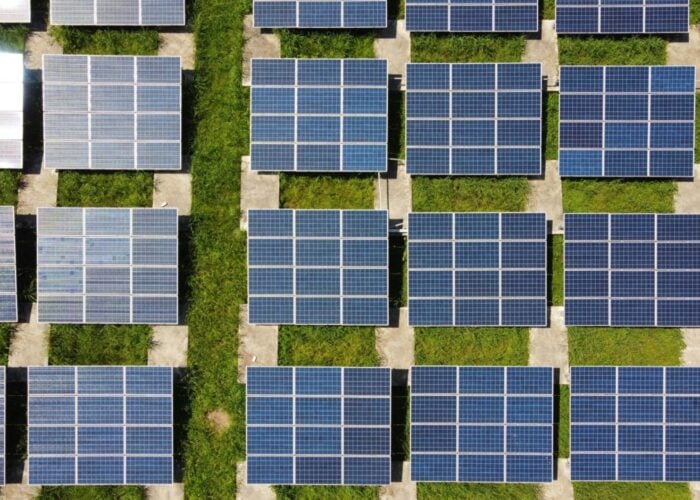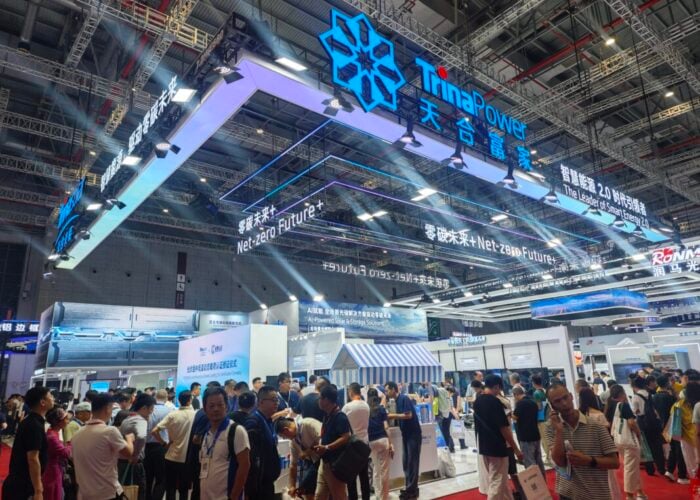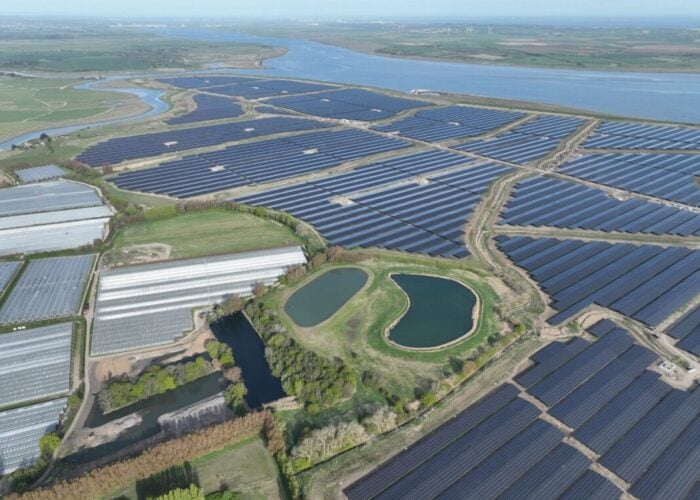Potential new US trade duties could increase the cost of Chinese panels in the US by an average of 14%, enough to hamper or even entirely cancel some projects, according to GTM Research.
In new analysis, developed after the preliminary anti-subsidy decision on 2 June, the research firm looked at four different strategies Chinese module manufacturers can take in response.
Unlock unlimited access for 12 whole months of distinctive global analysis
Photovoltaics International is now included.
- Regular insight and analysis of the industry’s biggest developments
- In-depth interviews with the industry’s leading figures
- Unlimited digital access to the PV Tech Power journal catalogue
- Unlimited digital access to the Photovoltaics International journal catalogue
- Access to more than 1,000 technical papers
- Discounts on Solar Media’s portfolio of events, in-person and virtual
“While the strategies vary, one constant remains across all scenarios: pricing for Chinese modules shipped to the US is highly likely to increase starting in July 2014,” said Shyam Mehta, lead upstream analyst at GTM Research and co-author of the report. “Consequently, the primary competitive advantage of Chinese suppliers in the US market – lower pricing by as much as 25% historically – could be greatly diminished.”
The latest trade ruling could close a perceived loophole that allowed Chinese manufacturers to use Taiwanese cells in order to avoid duties imposed in 2012.
Chinese suppliers could import Chinese-only modules to the US to avoid the new duties and accept the existing ones or look to use manufacturing plants in other countries such as Mexico, Poland and South Korea. Non-Chinese manufacturers set to benefit include REC Solar, SolarWorld, Suniva and LG Solar in the distributed solar market and in the utility-scale market, First Solar.
It is unclear at present if the scope of the new ruling will include Taiwanese cells.
“Unless the Department of Commerce revises the scope prior to its final determination, there is no question that tariffs imposed in this case will have a larger impact than those already in place from the 2012 ruling,” said Shayle Kann, senior vice president of GTM Research and the report’s co-author.
“SolarCity, for example, has already made two major moves that will help mitigate tariff impacts: a 100MW supply deal with REC Group and the acquisition of Silevo Solar. This portends a broader shift in the pricing and competitive landscape for US solar module supply as a result of the preliminary countervailing duty decision on 2 June,” said Kann.







